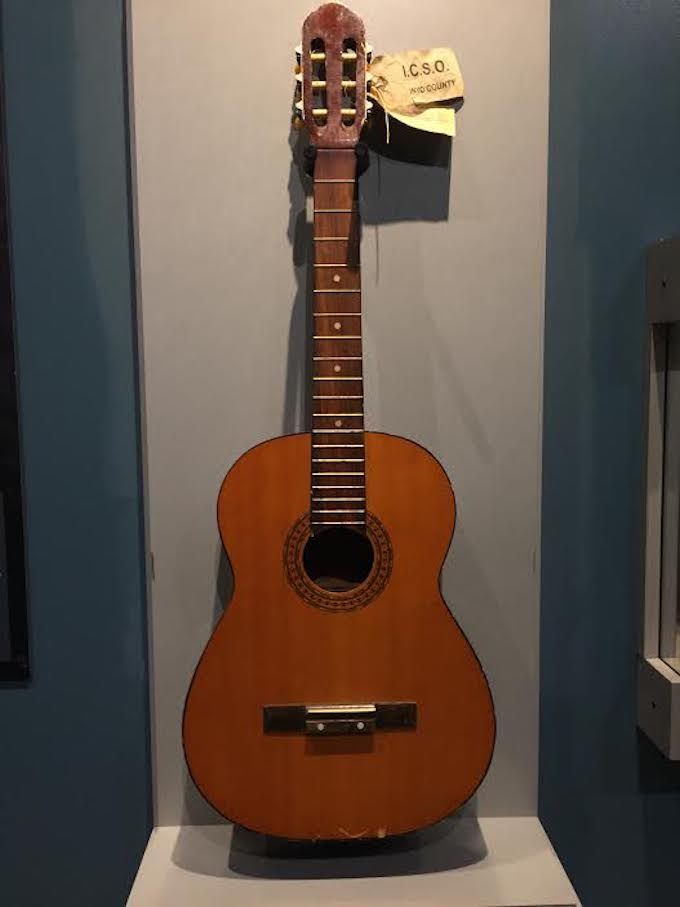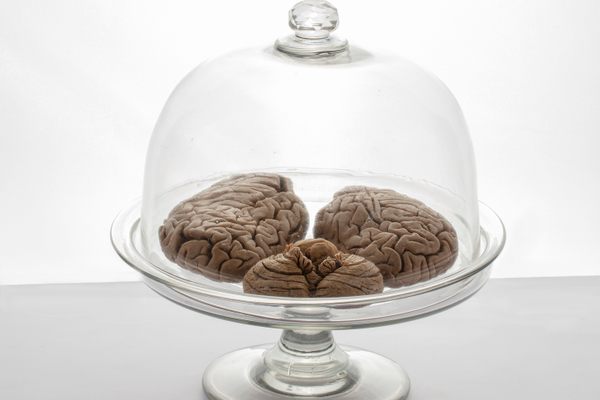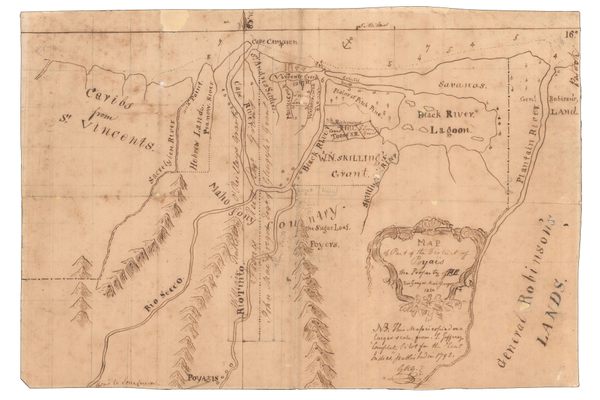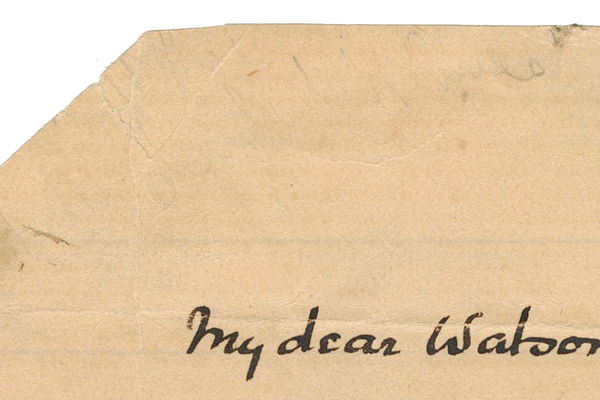Charles Manson’s Guitar Is a Symbol of Music and Murder
One of the infamous killer’s instruments is on display in Tennessee.

Charles Manson is remembered as many things: a murderer, a madman, a cult leader. Behind it all, he was a product of the same 1960s culture that his crimes brought to a shocking and tragic end. It’s sometimes forgotten that he was also an aspiring musician in that same scene. Artifacts related to Manson are not entirely uncommon, but one of the most fascinating and telling is the guitar that is currently held at Alcatraz East Crime Museum in Pigeon Forge, Tennessee.
While Manson likely owned any number of guitars throughout his life, the one at the museum touches on almost every aspect of his story. A wooden acoustic instrument with Manson’s name crudely etched on the headstock, it still bears the evidence tag it was given after the police seized it during a raid on the cult leader’s California ranch. “When you think about objects that have to do with Charles Manson, this is it,” says Rachael Penman, director of artifacts at Alcatraz East. “This is the holy grail. Because his desire to get into the music business is what motivated him to get involved with people like [Dennis] Wilson. Which got him angry at the producer who lived at the house, who unfortunately didn’t live there anymore.”
As Penman suggests, not only did Manson have a brief friendship with The Beach Boys drummer Dennis Wilson, but also, in some ways, it was the musical dreams that led directly to the night of horrors his followers perpetrated in July and August 1969. In and out of prison for the majority of his life, Manson is said to have learned to play guitar from fellow inmate and infamous “Public Enemy #1,” Alvin “Creepy” Karpis. “Karpis didn’t think a whole lot of him,” says Penman. Manson was also notoriously influenced by The Beatles. He thought that some of their songs were coded messages about a coming race war (see “Helter Skelter”) and, according to Penman, he strived to reach their level of fame and influence. “Basically, by the time he got out of prison, he got it in his head that he was going to be like The Beatles. That he was God’s gift to music, and that he was going to hit it big,” she says.

In pursuit of his musical dreams, Manson managed to ingratiate himself with Wilson by the summer of 1968. “I don’t know who a comparable musician would be today, but someone like [Manson] just becoming friends with a major musician like that just seems crazy. But that’s what happened,” says Penman. During their acquaintance, Manson and his “Family” stayed at Wilson’s house, and Manson partied and played among some of the other greats of the day, including Neil Young and John Phillips of the Mamas and the Papas. The Beach Boys even recorded a reworded version of one of Manson’s songs, with “Cease to Exist” becoming “Never Learn Not to Love.” Manson was paid for the rights with cash and a motorcycle. However, as retold in a 2017 Washington Post piece about their relationship, Manson later said that he left a bullet on Wilson’s pillow because he was angry that they changed the lyrics.
Thanks to Manson’s erratic and frightening behavior, he and Wilson grew apart, but Manson’s musical dreams never disappeared. Even after he was locked up for what would be the rest of his life, he was still trying to get his music out there. The only somewhat-official album of Manson’s recordings, Lie: The Love and Terror Cult, was released in 1970, after he had been captured.
The guitar on display at the Alcatraz East Museum was taken from the Barker Ranch during the raids in late 1969. It’s not clear how often Manson used it, or if it held any special significance to him, but Penman speculates that he may have held it close. “I would imagine that if you’re that kind of personality, this guitar was with him all the time,” she says, “as one of his most valuable possessions.”
















Follow us on Twitter to get the latest on the world's hidden wonders.
Like us on Facebook to get the latest on the world's hidden wonders.
Follow us on Twitter Like us on Facebook